Do you want to buy a real pearl necklace? Do you want to add a natural pearl necklace to your drawer because you are missing this indispensable jewel? Good idea. But you have to be careful because pearls are not all the same. Read what the differences are and how to choose a natural pearl necklace.

You may have noticed that there are a lot of jewels around that are very cheap and use pearls, especially for necklaces. They are certainly not real pearls, but synthetic pearls, imitations created in a fake pearl factory. If you want a necklace of real, natural pearls, you have to spend a little more. But it’s worth it, because a pearl necklace is a classic piece of jewelry that has two advantages: it can be worn with virtually any outfit and on any occasion. And, moreover, it will maintain or increase in value over time.
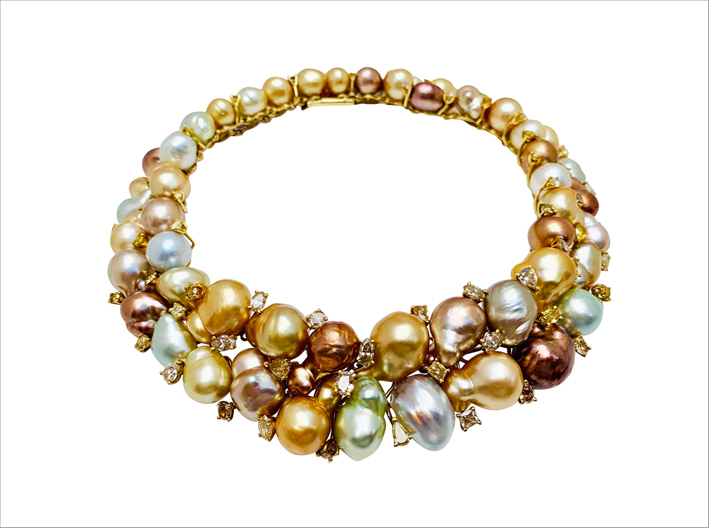
If you are looking for a natural pearl necklace, however, you will have to choose between two different types of pearls: cultured and natural ones. What is the difference? We explain it immediately.
Let’s start by saying, however, that both types of pearls, cultured and natural, are authentic pearls.
A cultured pearl is a pearl through and through. In fact, it is formed inside an oyster or a mollusk just like non-cultured pearls. The difference is that in cultured pearls the pearly spheres that will end up on your necklace are the result of human action. In the large farms in which they are immersed, tiny irritating elements or tiny beads are inserted into the shells around which a larger pearl is then formed. This system was born in Japan at the end of the nineteenth century and was invented by Kokichi Mikimoto, who then patented this process. It’s a big job: for example, a jeweler and pearl producer like Autore, in Australia, gets around 350,000 pearls from his aquatic farms every year.
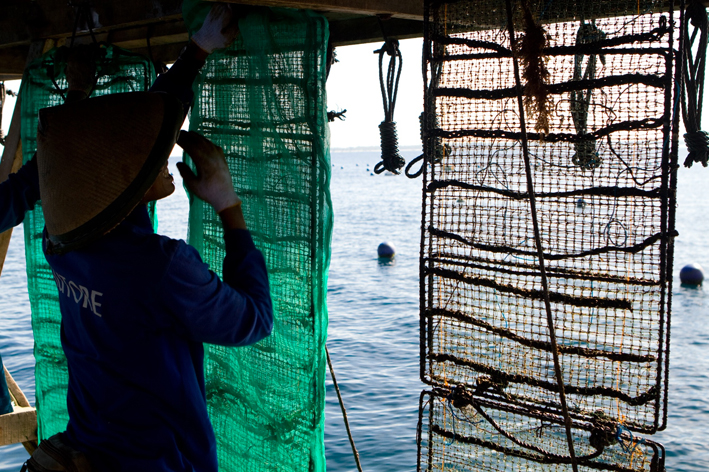
Cultured pearls have another advantage: the control of producers allows you to have oysters that produce very quickly and with greater consistency. They are high quality authentic pearls, with a large variety of colors and sizes, and are sold at a moderate price (but don’t think they are cheap).
Cultivating pearls, either in salt water or in fresh water, also allows you to obtain different sizes and colors more easily. In fact, there are many shades that pearls can have. In addition to the white ones, there are golden, purple, blue and pink pearls. Furthermore, they can have different sizes and volumes in addition to the classic sphere.
All about pearls
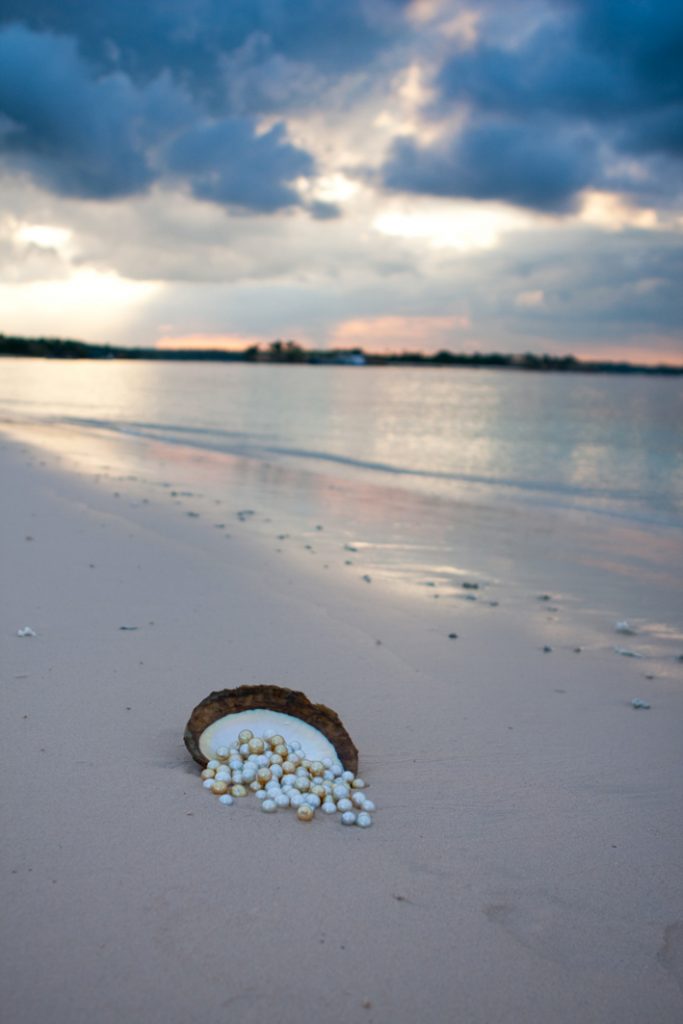
Natural pearls, on the other hand, are defined in this way because they are formed without human intervention. It is the case that pushes a grain of sand or an impurity around which the mother of pearl is formed inside the oyster or mollusk. Obviously, it is a rather rare event. Also, the pearl is formed over a longer time than cultured pearls. For this reason, natural pearls cost much more than cultured ones. The large number of ships and pollution have increased the difficulty in identifying a mollusk with a natural pearl: only one shell out of thousands contains a pearl that was formed in nature. A strand of natural South Sea pearls, for example, can cost as much as 100,000 euros or dollars. And the fact that natural pearls are increasingly rare suggests that they will cost more and more.

Bottom line: both cultured pearls and natural pearls are authentic pearls. But all pearls, both cultured and natural, can be very different. It is therefore important to buy a pearl necklace from a trusted seller, preferably with a guarantee certificate from a gemological laboratory or institute.
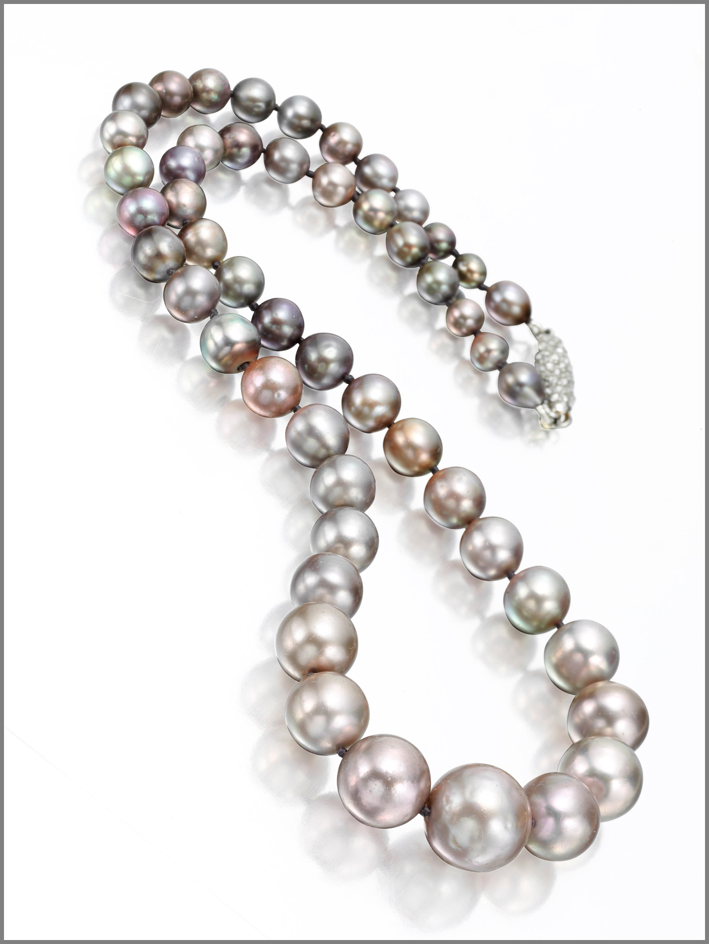


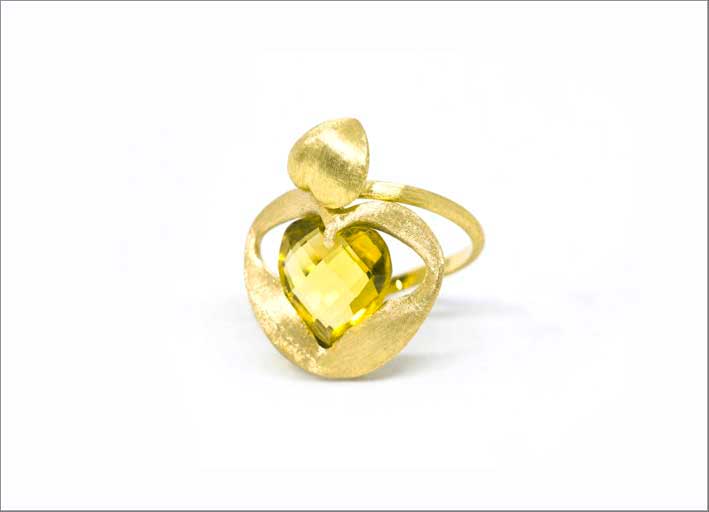


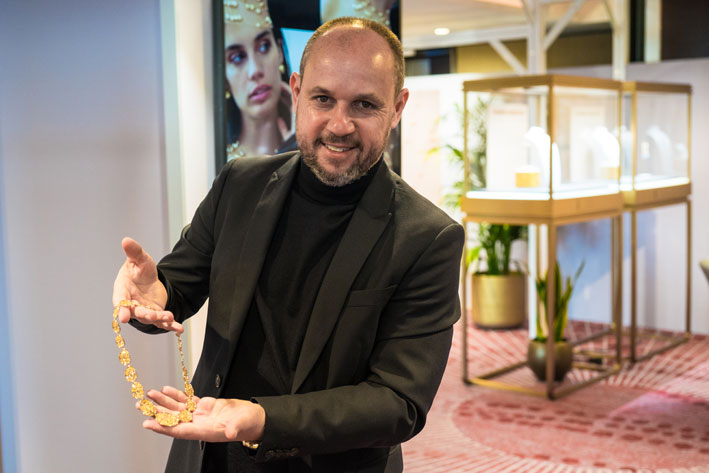

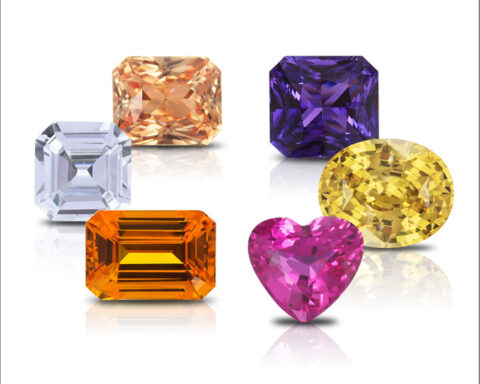

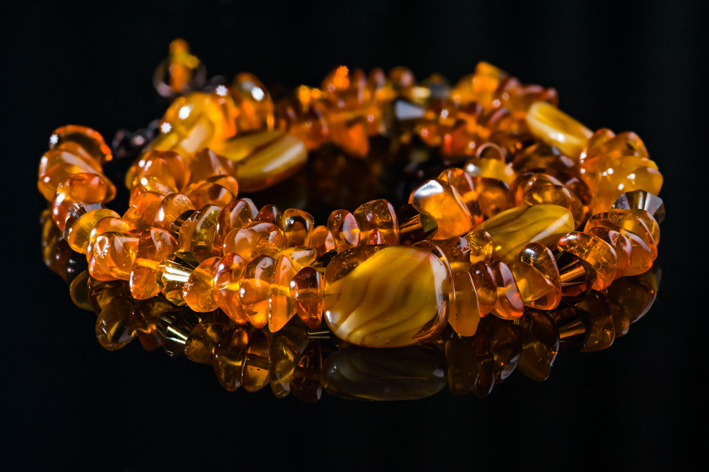

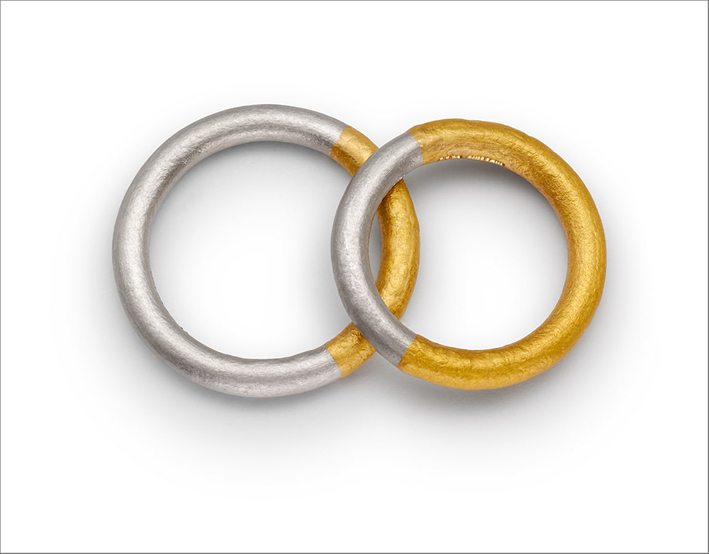
Buenas noches tengo dos collares de perlas, y me an dicho que son de agua como puedo saber su valor para venderlos, gracias
Querida Sara, la única forma de conocer su valor es contar con un experto, quien debe examinar tu collar y emitir un certificado que describa las características de las perlas. Alternativamente, puede intentar vender sus joyas en eBay u otras plataformas en línea. En primer lugar, sin embargo, le recomendamos que busque entre las ofertas de venta en Internet el valor de collares similares al suyo. Por último, también puedes intentar ofrecer tu collar en una joyería de tu ciudad: ten en cuenta que el precio que te propondrán no será muy elevado, sin embargo …